Curious Questions: How did cats come to be man's second-best friend? (Or best, depending on who you ask)
In the last few weeks, Martin Fone has been taking a look at how dogs were first domesticated and the tricks of canine evolution which have made human hearts melt. But what about cats?

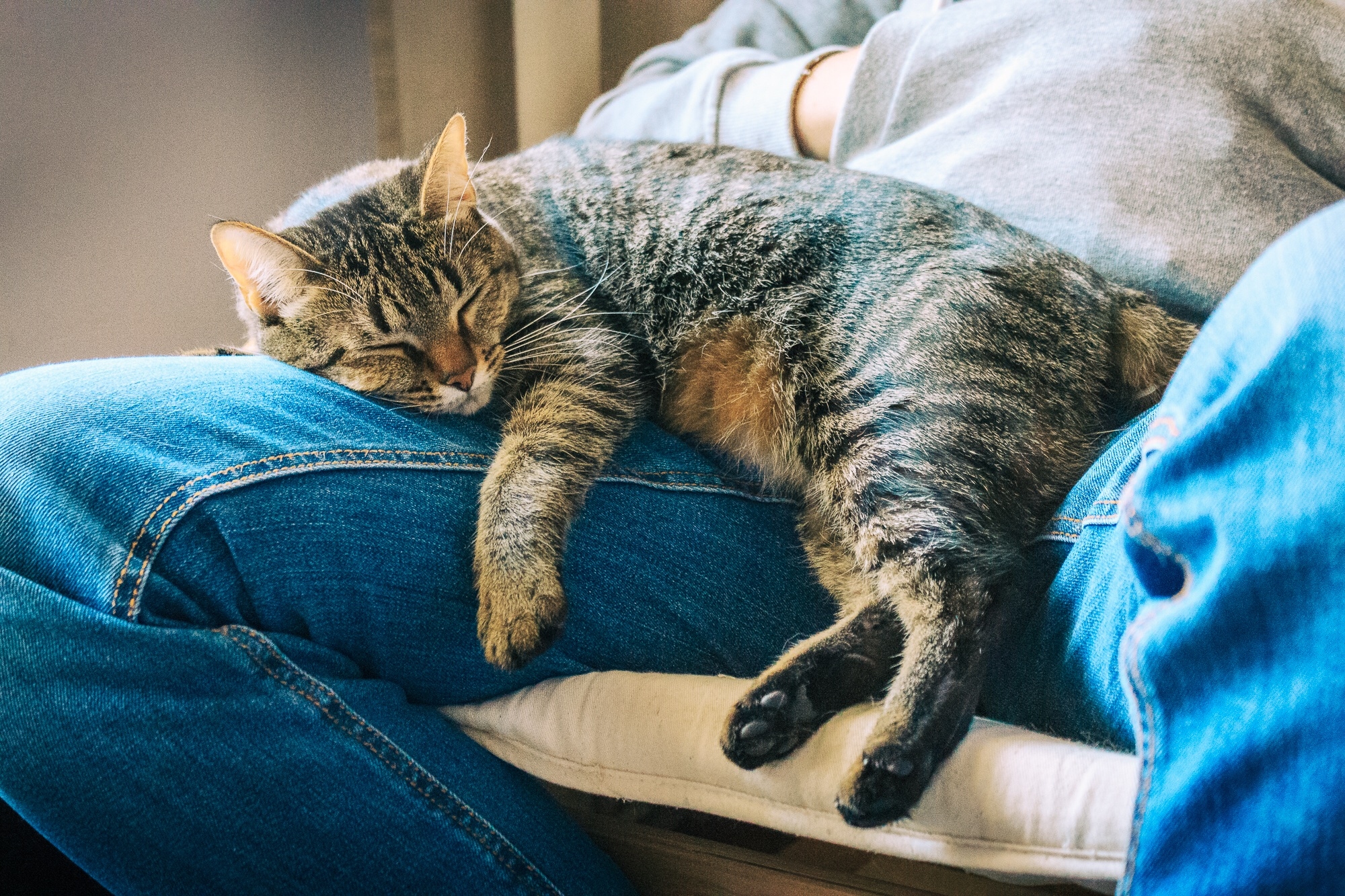
It’s a curious quirk of statistics that cats outnumber dogs in the UK, with 10.9 million to 10.1 million, despite there being more dog owners: 23% of households have a dog, compared to 16% with a cat. The reason, of course, is that a cat owner is likely to own more than one moggy, an impression borne out by a 2018 census by PetPlan. In almost every area of the country, it found, dog ownership far outpaced cat ownership and the further north you went, the more popular dogs were. The one area bucking the trend was London where 61% of pet owners in the metropolis owned a cat, a stark contrast to Northern Ireland and the North East where dog ownership amongst pet owners was as high as 78 and 75 per cent respectively.
It is easy to see why. Cats are more self-sufficient and do not require the level of supervised exercise that dogs do, making them ideal companions in a city where both space and time are at a premium. Providing a similar level of comfort and companionship as dogs, cats are a lower maintenance option.
Cats have an aloofness about them, a streak of independence laced with an acute sense of knowing which side of a saucer their milk is poured in. As A N Whitehead, sagely observed, 'if a dog jumps into your lap, it is because he is fond of you; but if a cat does the same thing, it is because your lap is warmer'. Even the most pampered moggy has not lost touch with its feral side, the hunting instinct barely dormant.
In exploring the history of man’s relationship with the cat, I wondered whether, as the columnist George Will observed, the phrase 'domestic cat' was an oxymoron. Unlike the dog — adopted initially to provide protection and assist in hunting and then, through selective breeding, developing other traits deemed useful — the cat, throughout its association with us, has remained relatively unchanged, retaining the form and behavioural traits of its wildcat ancestors. Although the Swedish taxonomist, Carolus Linnaeus, gave the domestic cat its own classification, Felis catus, in 1758, it is now regarded as a sub-species of the Wildcat, Felis sylvestris catus.
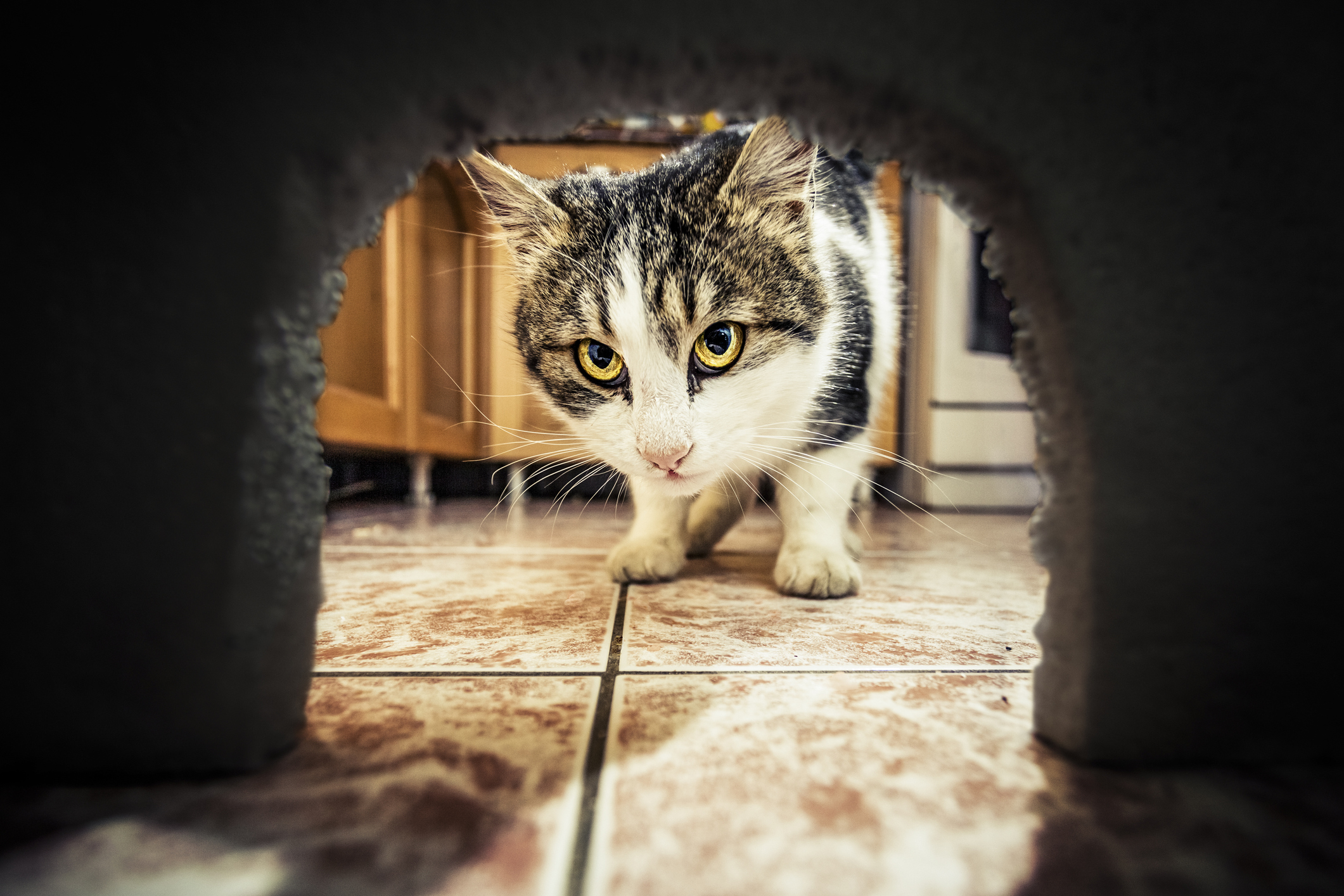
Archaeologists excavating a Neolithic site at Shillourokambus in Cyprus in 2004 discovered cat remains buried alongside those of humans. They were dated to around 9500 BC, some four thousand years before the earliest depictions of cats in Egyptian art, making it the world’s oldest known pet cat. Not being native to Cyprus they were brought to the island, suggesting a far earlier association between man and feline. Indeed, it is thought that the move from a hunter gatherer society to an agrarian culture initiated our relationship with cats.
Agricultural societies began to flourish in the Middle East’s so-called Fertile Crescent around 12,000 years ago. As the harvest had to be stored for future use, it attracted a wide range of vermin, particularly mice and rats. Not wanting to look a gift horse in the eye, the local wildcats took the initiative by wandering down to the grain stores and eating their fill of prey. Thus, began a mutually beneficial and enduring symbiotic relationship with the cats happy to exist near the grain stores and the farmers grateful for the pest control service they provided.
Putting more scientific rigour into our investigation, a paper entitled The paleogenics of cat dispersal in the ancient world, (Nature Ecology & Evolution, June 2017), analysed the DNA from more than 200 cats selected over the last 9,000 years. The team from the University of Leuven discovered that the genes of domestic cats had changed little from those of wildcats, save for the development of the distinctive stripes and dots we now associate with the tabby cat.
Exquisite houses, the beauty of Nature, and how to get the most from your life, straight to your inbox.
There were two distinct lines of descent for the cat, the scientists found. The first originated in southwest Asia, moving westwards into Europe as early as 4400 BC. The second was from Africa, from a cat prevalent in Egypt and which then was introduced into the territories skirting the Mediterranean almost three thousand years later. The Egyptian cat is thought to have cemented its relationship with us by exhibiting characteristics such as sociability and a tolerance, if not a like, of humans that made them even more attractive. However, it was their role as mobile and highly effective pest control operatives that saw them spread along the established trade routes.
The emergence of the tabby cat with its blotched or striped markings, the study revealed, can be traced to a gene found in cats originally from the Ottoman empire area, which then travelled into Europe and Africa in the Middle Ages. It was not until the 18th century that the markings were commonplace enough to be associated specifically with the domestic cat. The breeding of cats to accentuate specific traits and to create the range of fancy breeds that we know now did not begin until the 19th century.
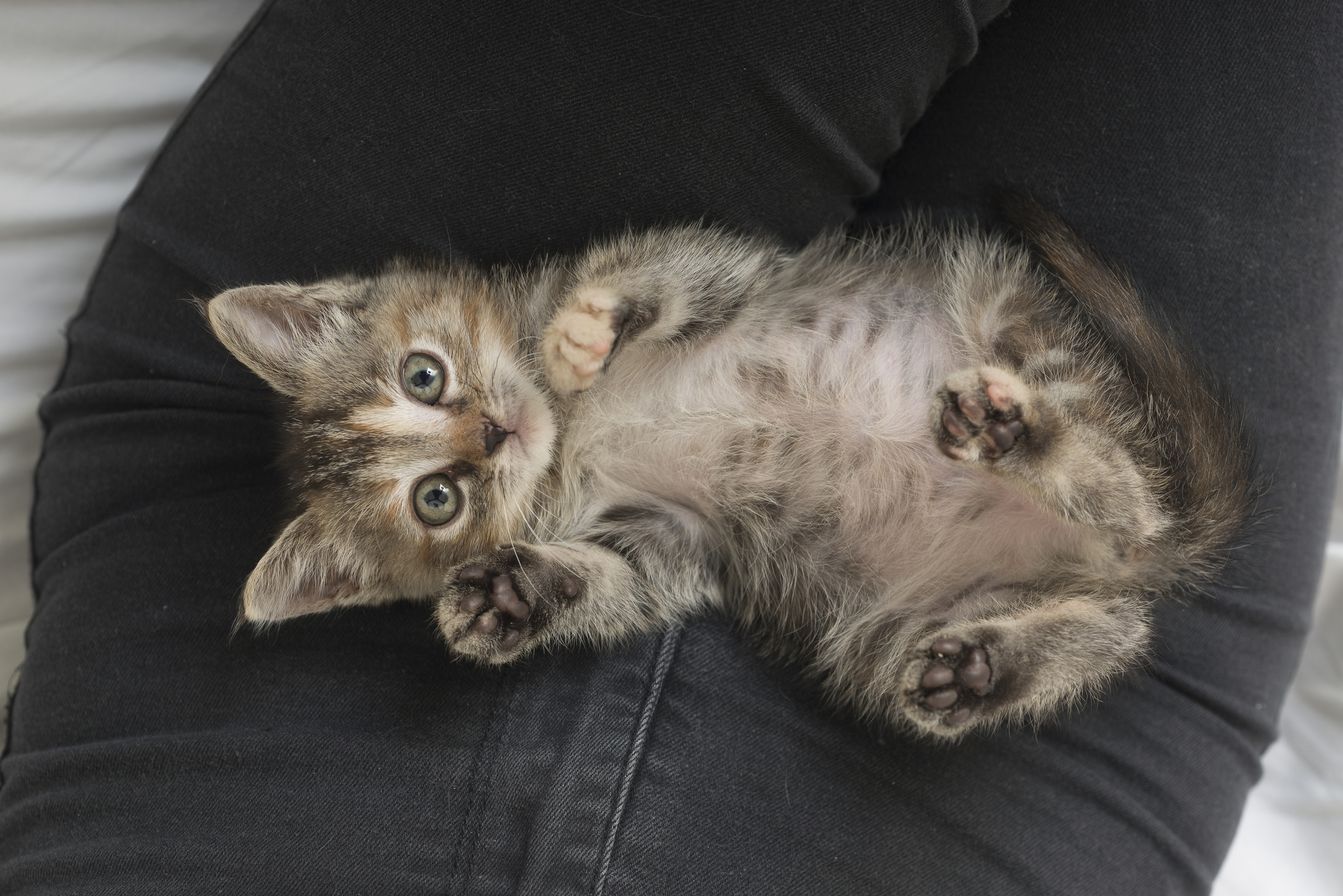
The ancient Egyptians revered cats: to kill one was a capital offence, and the goddess of love, Bastet, was portrayed with a feline face. In 1888 at Beni-Hassan, a site 20 kilometres south of modern-day Minya, archaeologists discovered an enormous cemetery containing some 300,000 mummified cats. As no import was attached to the mummies, the remains of the cats, weighing around twenty tons in total, were made into fertiliser and sold to Britain at £4 per ton.
The Romans regarded cats as a symbol of liberty, while in the Far East they were valued for the protection they afforded to sacred manuscripts by warding off vermin. However, in Europe, particularly in the Middle Ages, cats were associated with witches and the devil, a witch riding on her broomstick with a cat in tow is a familiar image. To ward off evil, cats were routinely exterminated, a savage course of action which, ironically, denuded communities of the protection which might have warded off plagues carried by rats.
Samuel Pepys kept a cat which, as he recorded in his diary entry for August 22, 1662, woke him up at 3am by meowing and jumping on his bed, but until the 19th century they were generally regarded as pest controllers rather than pets. The change in the cat’s status can be seen by the emergence in the middle of the 19th century of 'cat’s meat men' who wandered the streets of London, selling rendered down horse meat as food for cats and dogs. Henry Mayhew, the social researcher, estimated that there were a thousand such hawkers in London in 1861, serving a population of some 300,000 metropolitan cats.
The first commercial cat food was sold in London by an American entrepreneur, James Spratt, who established his business in 1860, his 'Spratt’s Patent Cat Food' a baked cake made from wheat, beetroot, and other vegetables, bound together with beef blood. Given his surname, I wonder if it was fat-free. Nonetheless, itinerant cat food sellers were still a regular sight on the streets of London until the early 20th century.
Clearly, the cat was no longer expected to fend for itself and had come to be regarded as part of the family, a position it has jealously guarded ever since.
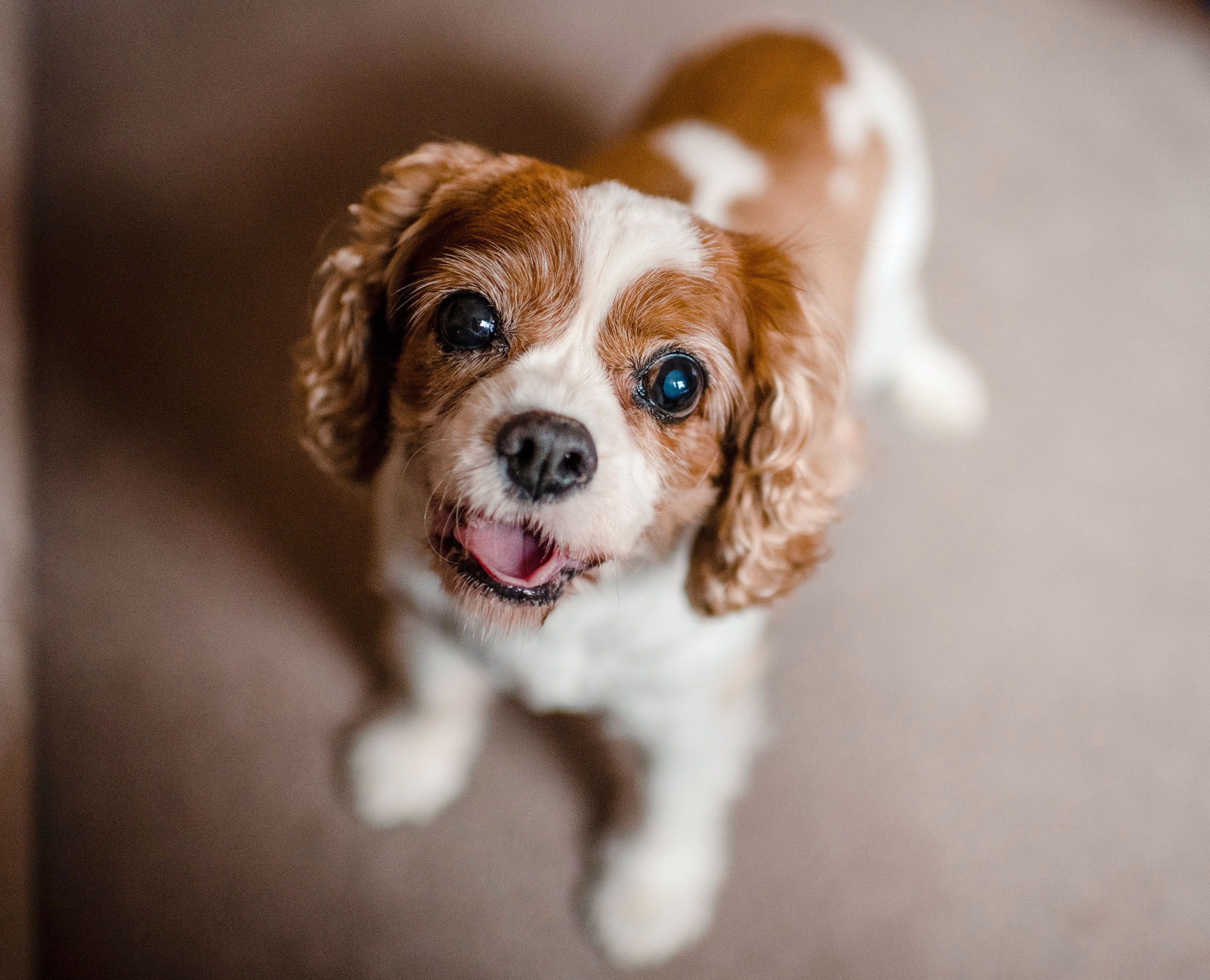
Credit: Getty Images/EyeEm
Curious Questions: Why can’t we resist puppy dog eyes?
It's no accident that your heart melts when dogs gaze into your eyes — it's simply a fact of thousands of
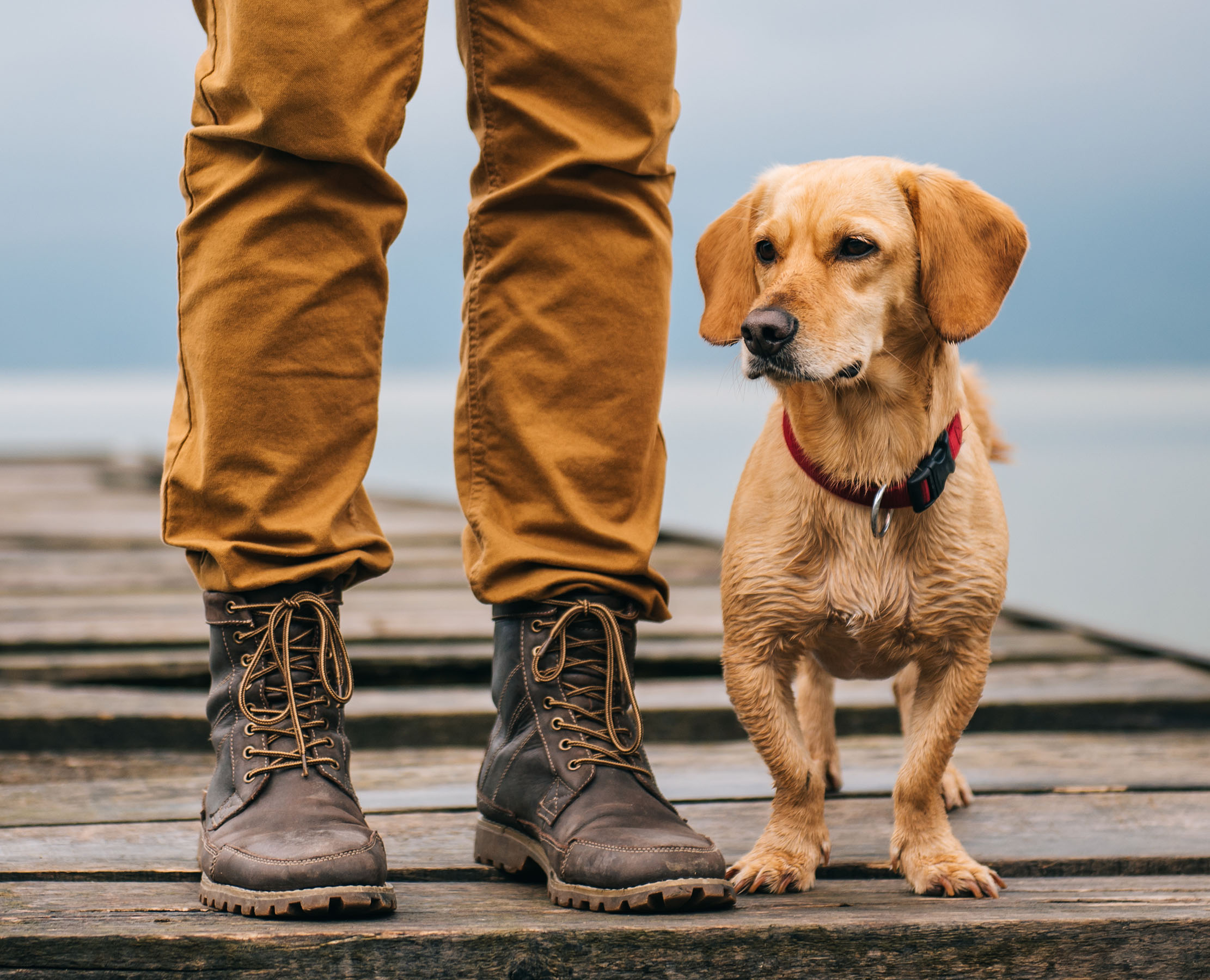
Credit: Getty Images/iStockphoto
Curious Questions: When were dogs domesticated?
Dogs have never been more popular — as soaring puppy prices (and the worrying number of scams) show. But our
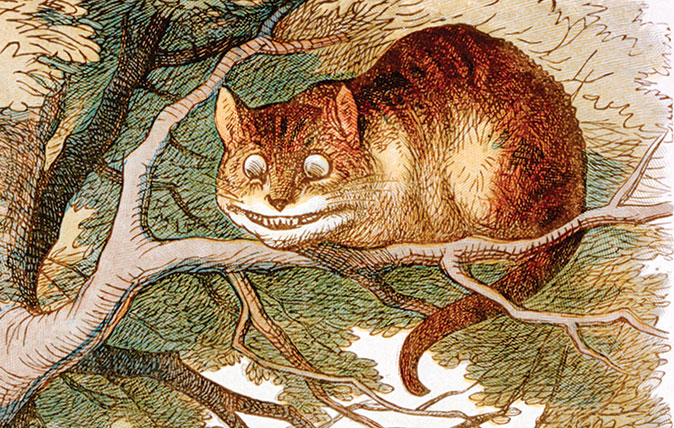
The nine greatest cats in literature, from Macavity to the Cat Who Walked By Himself
Macavity, Macavity, there’s no one like Macavity – apart from the other eight on this list, as picked out by Emma

Credit: Alamy
In praise of cats, our 'lithe, scrupulously clean and interesting companions'
Most people identify either as a dog person or a cat person, and Country Life's default focus is usually canine.
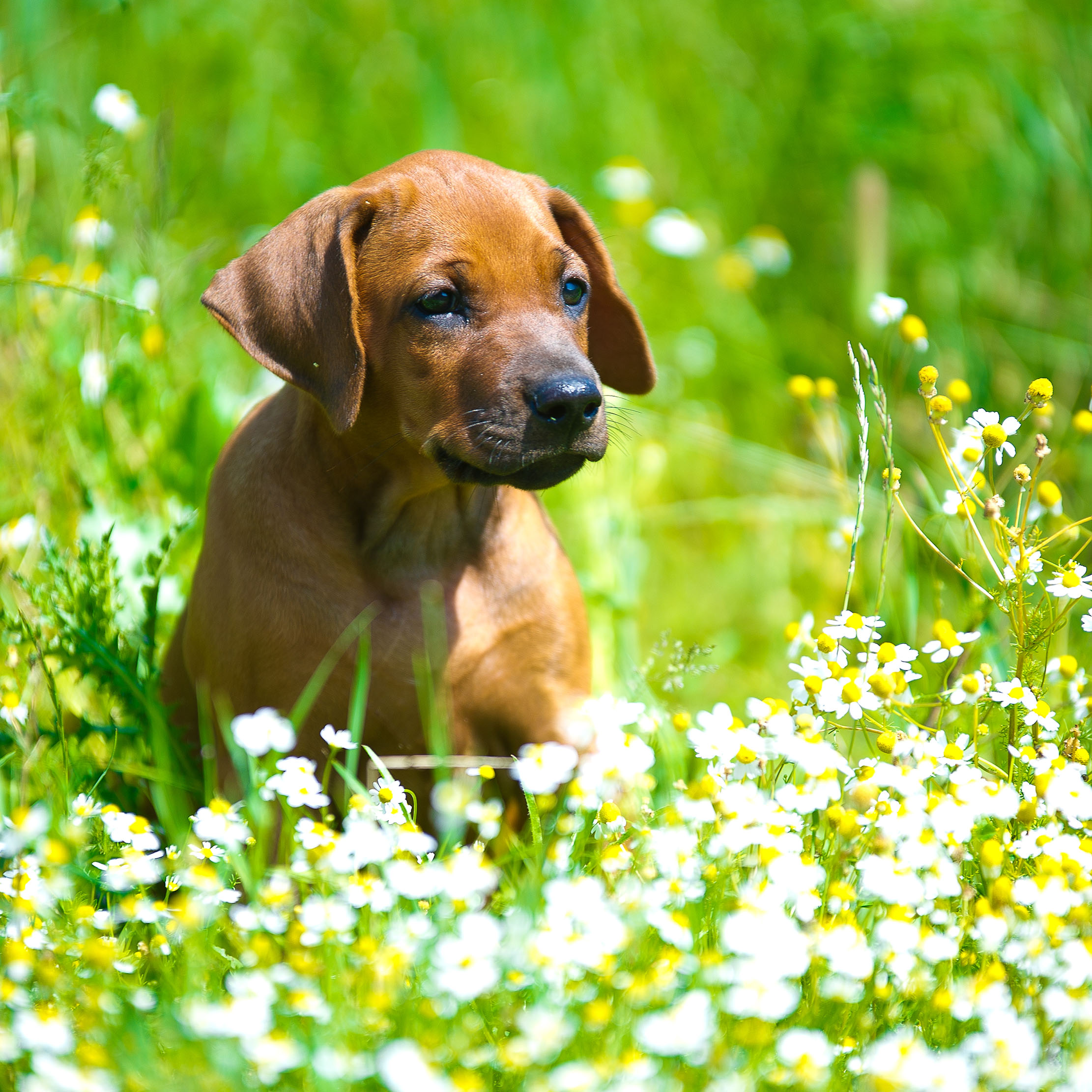
Credit: Getty Images/iStockphoto
The common garden plants that are deadly to dogs and cats – and what to do if they eat one
Many beautiful and common plants in the average English garden can prove fatal to household pets. Peter Green, a veterinary
After graduating in Classics from Trinity College Cambridge and a 38 year career in the financial services sector in the City of London, Martin Fone started blogging and writing on a freelance basis as he slipped into retirement. He has developed a fearless passion for investigating the quirks and oddities of life and discovering the answers to questions most of us never even think to ask. A voracious reader, a keen but distinctly amateur gardener, and a gin enthusiast, Martin lives with his wife in Surrey. He has written five books, the latest of which is More Curious Questions.
